United States businesses operating across foreign borders should understand the tax withholding requirements unique to the country in which they operate. By referring to the tax treaties between the respective foreign country and the U.S. business receiving the cross-border payment, U.S. tax residents may minimize the foreign withholding significantly under what is known as a treaty-reduced rate.
To substantiate U.S. tax residency to the foreign country or foreign withholding agent, the IRS must certify the entity via Form 6166, Certification of U.S. Tax Residency (also known as Tax Residency Certificates). Form 6166 is obtained by filing Form 8802, Application for United States Residency Certification, and a user fee to the IRS. Successful applicants must be an individual or business entity and U.S. resident for tax purposes. For flow-through entities such as partnerships, the ultimate owners must be U.S. tax residents.
As of December 1, 2023, the IRS will accept applications for 2024 U.S. Tax Residency Certificates. In practice, it can often take the IRS at least 60 – 90 days to process these applications. Furthermore, there is generally no way to expedite the processing of Form 8802. Given these lengthy processing times, it is recommended to file your Form 8802 application for 2024 as soon as possible.
WG Observations: To streamline the application process, the IRS officially accepts electronic signatures on Form 8802 to help make the application process less cumbersome. In addition, the long processing times for Tax Residency Certificates often create a hardship as many foreign vendors will withhold more foreign tax than would otherwise be required if a Tax Residency Certificate were available. Therefore, it may be prudent to apply for a Tax Residency Certificate in advance if there is a possibility that one may be needed for 2024. If you have any questions about Form 8802, don’t hesitate to contact your WilkinGuttenplan advisor.





